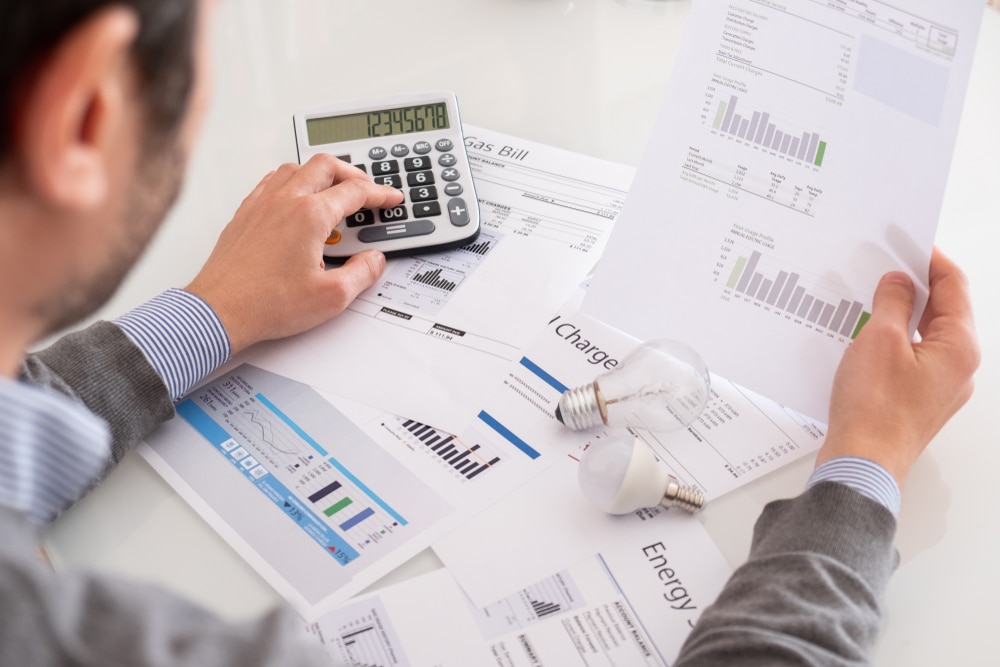Reading an electricity bill can be daunting. There are so many figures, graphs and variable numbers that being able to make heads or tails of the data provided is often beyond the average person.

You shouldn’t need an advanced mathematics degree to understand your power bill, so we are here to break down some of the jargon and make it easier for you to reduce the amount you pay each quarter.
Let’s break down your power bill
There are two different parts to your bill – the fixed or supply charge and the variable costs. Your fixed cost is how much you will pay every day, no matter how much electricity you use. This is often listed as your daily supply or service to property cost, and it could be listed as a daily cost or as a single charge for the billing period.
The variable rate is where your consumption, behaviours, time of day and the different tariffs come into play – and this is also where you can save the most money if you are on top of it. You will find this listed as cents per kilowatt-hour (c/kWh).
The tariffs you’ll often see
You might see five different tariffs listed (depending on which state or territory you are in, as it varies). A tariff is a tax that’s charged for certain imports or exports – in this case, energy.
Understanding these and how they work can help you to alter your behaviour, so you are not using power during peak periods. These different options include:
- Single rate: This means you are on a pricing plan with a flat cost, so you are being charged the same amount – no matter what time of day it is or what the demand is like.
- Time of use: There are different rates for different times of the day. Typically this means you will pay more during peak demand periods, like later afternoon and early evening.
- Block: What you pay for electricity will increase or decrease depending on how much you use each day. The usage is divided into blocks in megajoules (MJ) per day, and each block has its own rate.
- Controlled load: This is when an individual appliance (like the hot water system or pool filter) is metred individually. This comes at a lower charge, but is only available in off-peak times.
- Feed-in: This is the figure you want to see as the highest. When you have solar panels on your roof, you are paid credits for exporting power back to the grid.
By recognising which of these options you are paying, you can adjust your behaviour or electricity use and pay less. It also means that you can shop around for a better tariff or a lower rate from an alternative provider.
An excellent way to monitor your use and discover where you are using the most power is through a Smart Energy Monitor. This allows you to view your electricity use in real-time on a smart device.
Of course, installing solar panels is the ultimate way to slash or even eliminate your electricity costs to save the most money.
For a quick solar quote, contact us today on 1800 EMATTERS or email our friendly team.











































